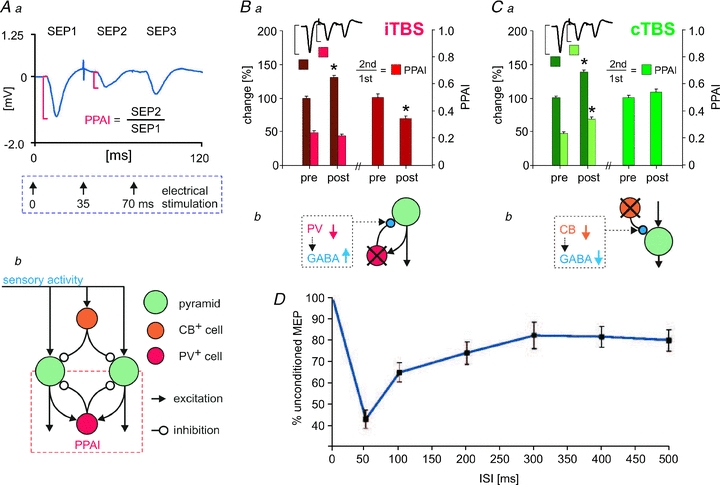Figure 3. iTBS and cTBS induced changes in the amplitude of somatosensory evoked potentials (SEP).

SEPs were elicited with a triple-pulse protocol of electrical stimulation from the toe of a rat hindpaw with inter-pulse intervals of 35 ms corresponding to about 30 Hz (Aa). Typically, the second response shows strong suppression, which is quantified by the ratio of the second to the first SEP amplitude, named paired-pulse afferent inhibition (PPAI, Aa). iTBS increased the first and further reduced the second response, leading to stronger PPAI (Ba), while cTBS increased all response components, leaving PPAI unchanged (Ca). For the relationship of these effects to distinct inhibitory cortical systems (Ab, Bb and Cb), see discussion of main text. For results of A–C refer to Benali et al. 2011. Figures Ba and Ca modified from Benali et al. (2011), with permission of the Society for Neuroscience. D, results of paired-pulse TMS of rat brain showing reduced MEP size around 50 ms intervals supposed to be related to strong intracortical inhibition (modified with permission of the American Physiological Society from Vahabzadeh-Hagh et al. 2011).
